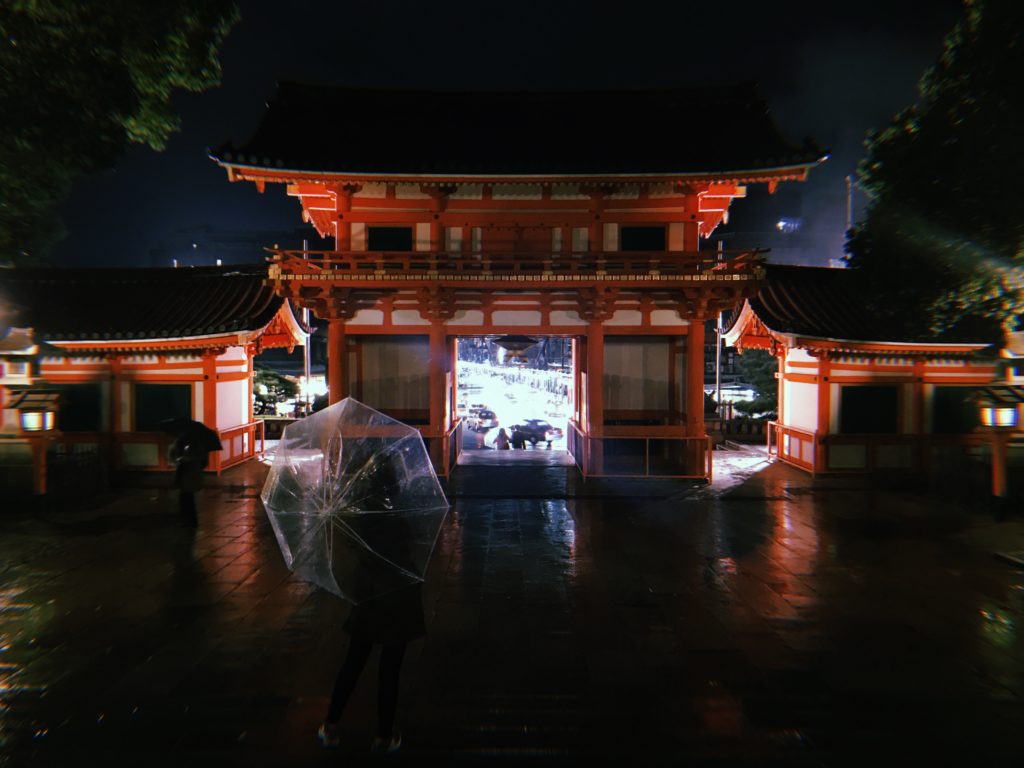
Last year was rough. 2018 is marked with tragedies, sorrow, happiness, surprises, big decisions, and even bigger disappointments. Kyoto is still standing strong, though, despite the fact that a kanji for “disaster” is haunting us from the head temple of Kiyomizu complex. Indeed—what I like the most about Kyoto’s culture is its peaceful stability against all odds. But, as this culture greatly relies on weather conditions, sometimes the sacred customs need to be adjusted slightly. For me, personally, the kanji describing last year is “change” and “humbleness”. These two words are imminently related.


